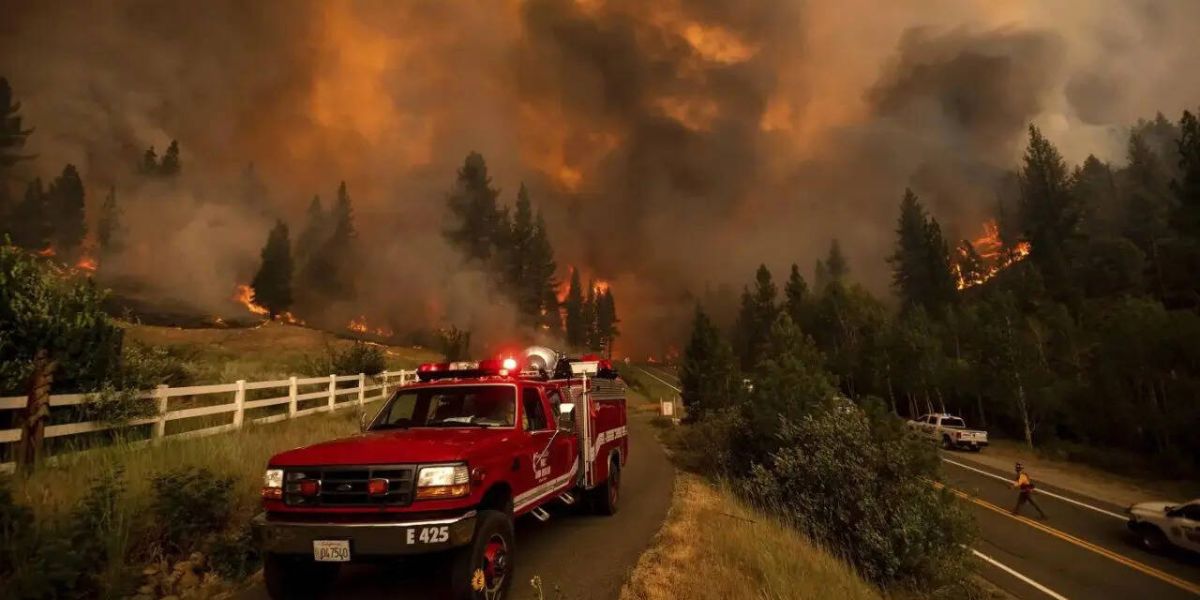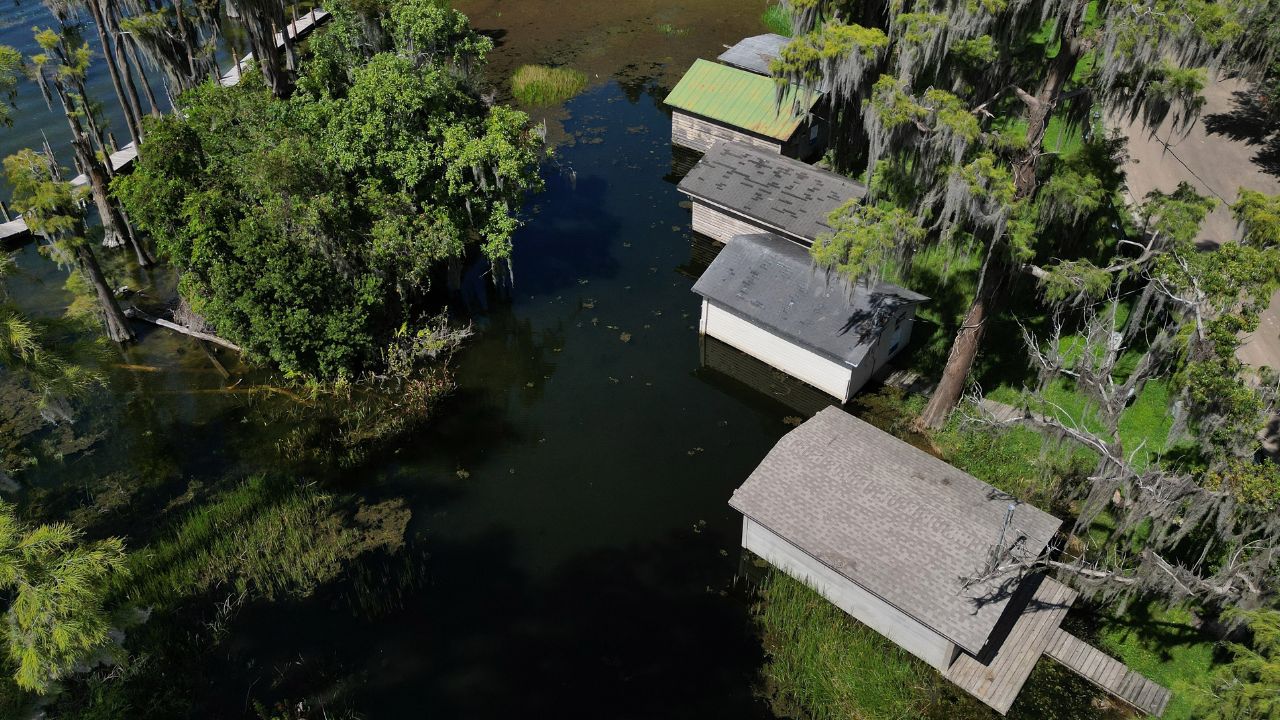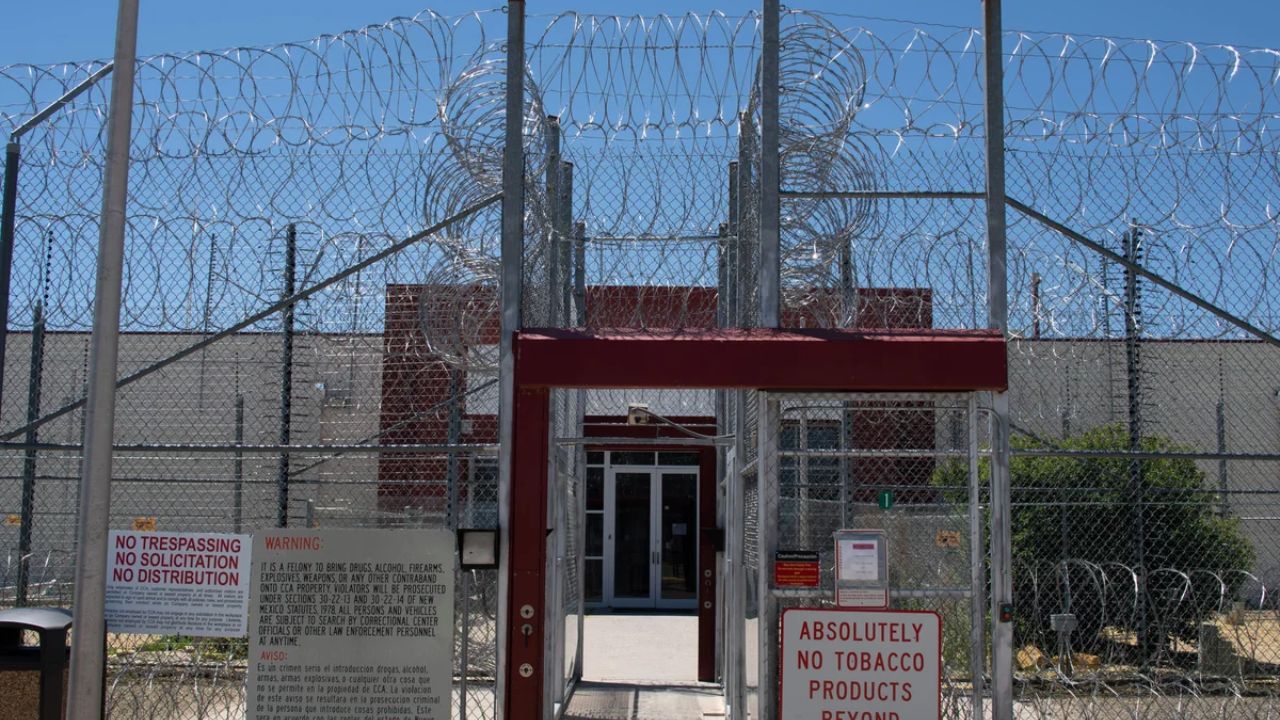As the Cram Fire in central Oregon approached 100,000 acres on July 20, it destroyed four homes and threatened hundreds of more structures, making it the largest wildfire in the country this year, according to authorities.
The fire started on July 13 and has grown significantly in recent days as hot, dry weather and strong winds have raised the risk of wildfire in some areas of the state.
Rugged, steep terrain and shifting wind directions presented challenges for fire workers during the week, but over the weekend, colder temperatures and greater humidity levels could aid in the fight against fire.
The Central Oregon Fire Information reports that by 9 a.m. local time on July 20, the fire had spread to 95,748 acres and was 49% contained. According to officials on the fire’s web page, the fire’s extent was “slightly reduced” from July 19 after “more accurate mapping” was finished.
“Crews are building on the progress made yesterday and overnight,” the fire’s web page stated in an update dated July 20. “Cooler temperatures and higher humidity are creating better conditions for mop-up work, especially along the fire perimeter and around structures.”
According to fire officials, the fire spread through the region’s grasslands and rangeland after starting close to Willowdale, a sparsely populated location some 133 miles southeast of Portland. The cause of the fire is still being looked into.
The Jefferson County Sheriff’s Office reports that the fire destroyed two additional buildings in addition to four homes.
Multiple zones have received evacuation orders or advisories from local authorities in Jefferson, Wasco, and Crook counties. Authorities reduced evacuation levels in portions of Jefferson, Wasco, and Crook counties on the afternoon of July 20.
Oregon’s flames and hotspots dashboard shows that there are at least 46 active wildfires, the majority of which have been contained, including the Cram Fire.
According to InciWeb, a federal government wildfire tracker, the fire is also the most common wildfire occurrence in 2025, with the Madre Fire in central California coming in second with about 81,000 acres destroyed.
As the season progresses, the Cram Fire is getting closer to becoming Oregon’s first megafire. The National Interagency Fire Center defines a megafire as a wildfire that consumes over 100,000 acres of land.
According to fire officials, 88 fire engines, 18 handcrews, and eight helicopters were among the more than 900 firefighters battling the fire. While fire activity has subsided, firefighters have continued to concentrate on gridding around the fire’s perimeter and minimizing materials that could spark spot fires, according to a July 20 Central Oregon Fire Information report.
“Yesterday was another favorable day with us with the weather, and so a lot of good work was done,” Oregon State Fire Marshal Scott Stutzman, chairman of the operations division, stated in a July 20 video update. “We’ll have those crews out there continuing to maintain a presence mopping up, and also assisting our wildland partners on the perimeter.”
Governor Tina Kotek of Oregon announced a state of emergency on July 16 that will remain in effect until the end of the year “due to the imminent threat of wildfire.”
‘Fire activity is high across the country.’
Read Also: Wildfires Persist in California as Green and Orleans Complex Fires Grow
“Fire activity is high across the country,” the National Interagency Fire Center said on July 20. It also noted that there are 91 big, uncontained wildfires.
“Nearly 18,000 wildland firefighters and support personnel are on the ground nationwide,” the center reported in a recent update. “In 2025 thus far, there have been 40,934 total wildfires, for a combined acreage of 2,850,245.”
According to the center, wildfire conditions are still being exacerbated by hot, dry, and windy weather in areas of the Southwest, Great Basin, and Northwest. The center also stated that low humidity levels “dropping into the single digits” and wind gusts over 40 mph were predicted for some regions.
According to the organization, human activity is responsible for thousands of wildfires in the US annually.
“Major causes of these fires include loss of control of debris burning, unattended or unextinguished campfires, and sparks or heat transfer from vehicles and equipment like chainsaws or recreational vehicles,” according to the center.








